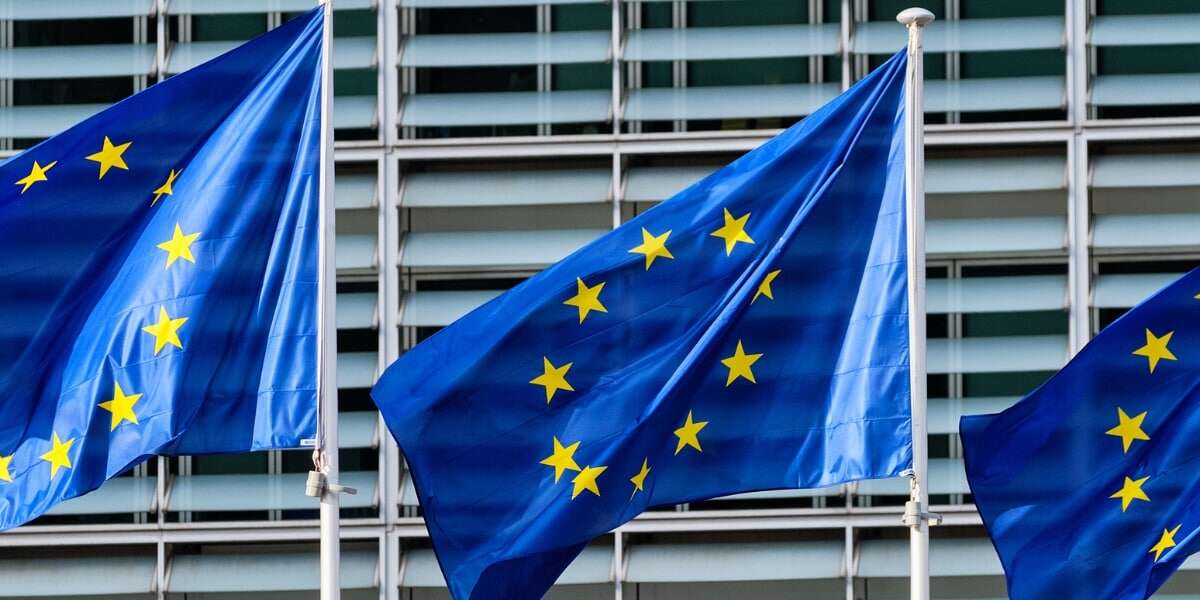More than 90% of UK consumers say the pandemic has transformed their food and beverage buying habits, but EDI paper-to-digital solutions ensure retailers can respond quickly and profitably.
Research by Leatherhead Food Research shows more than half of UK consumers (56%) are shopping less often, but buying more per shop. Consumers are also; planning meals to shop for the week ahead (37%), more likely to support local retailers (36%) and buying more food and beverages online (28%).
Most consumers (62%) also say the ‘Covid effect’ has changed their cooking habits, with more than a third (36%) cooking from scratch more often and 35% baking more than usual.
EDI paper-to-digital – increasing profitability
Such sudden and wide-ranging changes in consumer behaviour have placed huge pressure on food and beverage retail supply chains, and that’s not all. The sector is also bracing itself for a no-deal Brexit, a global recession and a feared second wave of Covid-19.
Despite the doom and gloom, however, Electronic Data Interchange (EDI) paper-to-digital solutions can help food and beverage retailers rise to these daunting challenges.
Put simply, EDI swiftly delivers greater control over retailer operations, making it easier to become truly customer responsive, while ensuring retailers are more efficient and profitable.
Lack of automation is proving a high-risk strategy for many food and beverage retailers
Despite the growth of EDI, many food and beverage retailers still endure a patchwork quilt of solutions when sharing business-critical data with their trading partners. These include email, paper and spreadsheet-based processes. They are relied upon when carrying out really important jobs, such as reconciling warehouse stock to invoice/ASN, as well as returns and shrinkage management.
The problem with this traditional way of sharing information is that it is labour-intensive, slow, error-prone and expensive. Data has to be re-entered countless times, into multiple databases, with a high risk of error at every step.
Boosting customer-centricity with EDI solutions
Many food and beverage retailers have become so accustomed to this inefficient system that they simply accept its inadequacies with a shrug of their shoulders.
The Covid-19 effect, however, starkly illustrates that food and beverage retailers can no longer accept second best if they want to respond effectively to rapidly changing consumer behaviour.
The key to customer-centricity in 2020 is not only knowing what your customers want, but also knowing the most cost-effective way to satisfy that demand with the stock immediately available. This is where EDI shows its full value.
Thanks to EDI solutions, business-critical documents (such as purchase orders, invoices, bills of lading, shipping information and inventory documents) can now flow from one company’s computer system to another automatically, with little or no human intervention. This means data flows are virtually immediate.
EDI solutions: faster, more accurate and more cost-effective
EDI-powered data flows drastically cut the time it takes to reconcile invoices with ASNs/credit notes. This speeds up both payment and delivery times and gives a much clearer understanding of when supplier stock will arrive in the retailer’s warehouse.
Leading EDI solutions are also cloud-based, giving managers a real-time view of stock and order right across their supply chain. This can help retailers identify and respond to new customer trends as they evolve, ahead of their competitors. EDI automation cuts costs and complexity enabling retailers to reduce the number of trading partners they deal with. They can also redeploy skilled admin staff to other, more rewarding duties.
Increased agility is another big benefit of switching to EDI paper-to-digital. Leading EDI solutions allow retailers to switch suppliers quickly and easily, avoiding complex pricing structures that need constant renegotiation.
What’s the best way to manage the switch to EDI?
Retailers sometimes write-off EDI because value-added network (VAN) costs can be high, unpredictable, and difficult to manage. The answer is to choose a provider that doesn’t base its pricing on VAN charges in the first place.
It’s much easier to manage costs when you are not charged for every individual message or document transmitted across your trading network, especially when your trading volumes increase.
Food and beverage retailers can also reduce risk to zero by setting up and fully testing their new EDI system in a live environment before turning off their old one.
Future-proof your food and beverage firm
Emma Gubisch, head of consumer science at Leatherhead Food Research, says that as the UK emerges from the pandemic, retailers must brace themselves for a “nuanced shift to the new normal”.
“These are challenging and volatile times, but food and beverage retailers who can pivot to help consumers to live the life they want will be well-placed to thrive whatever the future holds,” Emma says.
If you feel you would benefit from Paper-to-Digital EDI from Transalis, why not talk to us? You can reach us on 0845 123 3476 or +44 1978 369 343 (for international callers), or email sales@transalis.com. Or go to EDI Product Bundles
Related Posts
March 29, 2024
ViDA: Everything you should know about VAT in the Digital Age
Businesses selling goods and services…
September 25, 2023
Amazon SP-API: Everything your business needs to know
If your business uses Amazon as a sales…




